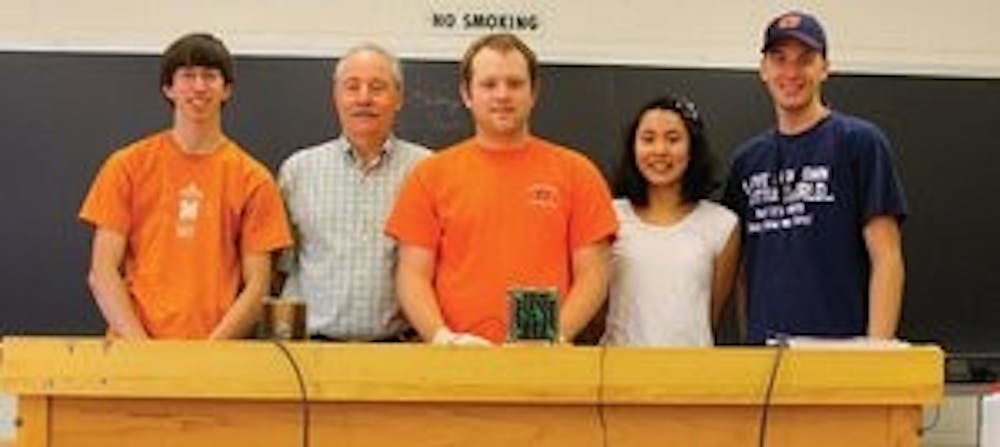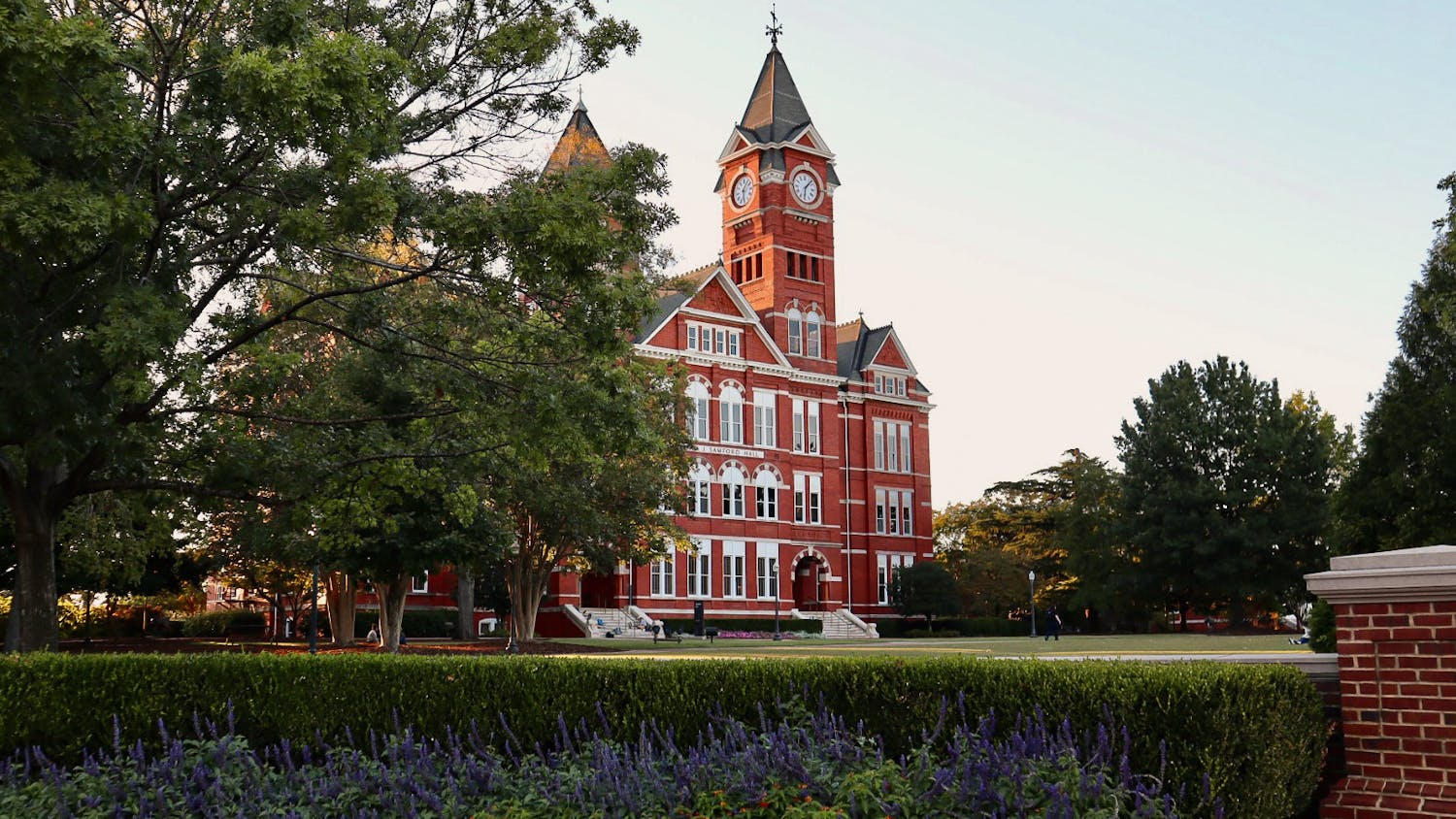When AubieSat1, the first satellite ever built by Auburn students, transmitted the words "War Eagle" back to earth this past summer, it was confirmation of a successful mission.
Planning for AubieSat1 began in 2001, led by Jean-Marie Wersinger in the physics department.
"This was the first satellite by Auburn, and it was so new to everyone that it took a long time to really get something developed," said Kyle Owen, junior in electrical and computer engineering.
"Oct. 27, 2011, was when it was launched, but the summer before that was when 90 percent of it was built."
Alex Lewis, sophomore in electrical engineering, heard AubieSat1 respond firsthand. "I was working under Dr. Wersinger with Andrew (Slaughter), and we all flew out to Montana to get the 'War Eagle' and all the successful transmission."
While the mission was ultimately successful, it was very touch-and-go at first.
"Initially, it was not a success because we were worried that we did not employ antennas or that our transmitter was stuck in a low-power state," Owen said. "We were having a really hard time hearing it, so I built a transmitter that could be carried around, and we basically blasted AubieSat1 until it responded, and it did."
While Owen was not there in person to hear it respond, he received a phone call shortly afterward.
"I got a call from Dr. Wersinger and I almost cried, because up until that point, we knew it was there; it was beckoning to us and spitting out some random Morse code every couple of minutes," Owen said. "We could hear it every time it came around, but it was not until we blasted it with that much power [1500-watt amplifier] that it finally said 'War Eagle' to us."
Owen said AubieSat1 was built completely from scratch. "We made the boards, we put the components on and soldered everything together," he said. "By the time we shipped it out, we were so ready to just be done with it; we had spent so much time on it, and we were just hoping for the best, but really expecting the worst."
Because of AubieSat1's success, plans are in the works to build another satellite.
"We just started this semester working on an AubieSat2," Lewis said. "We're going to find out in the beginning of November if we get the $900,000 grant, and if we get that, then it's the green light for the go-ahead on AubieSat2."
John Klingelhoeffer, auburn graduate and former president of two different commercial satellite companies, is the technical consultant working with the team of students who built AubieSat1.
He said the second satellite shouldn't be as lengthy of a process.
"I think Auburn has enough experience now that the next one won't take as long," Klingelhoeffer said.
Owen said he expects a completely new transmitter design for the second satellite.
"It will have more amateur radio capabilities, and we'll be able to take a walkie-talkie and actually talk to the satellite and have it echo back down, which is going to be really cool," he said.
Klingelhoeffer said the teamwork aspect is most important. "No one in the industry works in an all-engineering group, or an all physics group," he said. "There's going to be all sorts of people you have to work with."
Klingelhoeffer said he has had a lot of fun working with the students.
"A thing that they had their hands on building is up there in space, beeping away and sending messages," Klingelhoeffer said.
Do you like this story? The Plainsman doesn't accept money from tuition or student fees, and we don't charge a subscription fee. But you can donate to support The Plainsman.





